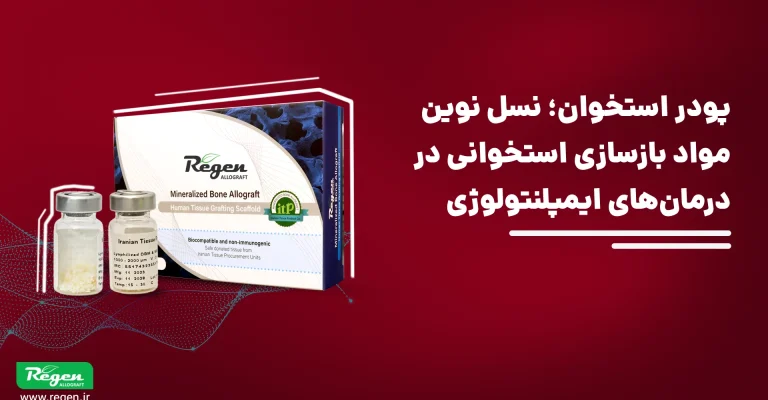Nanofiber-acellular dermal matrix as a bilayer scaffold containing mesenchymal stem cell for healing of full-thickness skin wounds
- نویسنده: Adel Marzban
- آموزش
- 0 (0)
Nanofiber-acellular dermal matrix as a bilayer scaffold containing mesenchymal stem cell for healing of full-thickness skin wounds
Mohamad Javad Mirzaei-parsa, Hossein Ghanbari, Behnam Alipoor, Amirhossein Tavakoli, Mohammad Reza H. Najafabadi, Reza Faridi-Majidi
Abstract
Full-thickness skin defect is one of the main clinical problems, which cannot be repaired spontaneously. The aim of this study was to evaluate the feasibility of combining nanofibers with ADM as a bilayer scaffold for treatment of full-thickness skin wounds in a single-step procedure. The nanofibrous polycaprolactone/fibrinogen scaffolds were fabricated by electrospinning. Subsequently, mesenchymal stem cells were isolated from rat adipose tissues and characterized by flow cytometry. Cell adhesion, proliferation, and the epidermal differentiation potential of adipose-derived stem cells (ADSCs) on nanofibrous scaffolds were investigated by scanning electron microscopy (SEM), alamarBlue, and real-time PCR, respectively. In animal studies, full thickness excisional wounds were created on the back of rats and treated with following groups: ADM, ADM-ADSCs, nanofiber, nanofiber-ADSCs, bilayer, and bilayer-ADSCs. In all groups, wounds were harvested on days 14 and 21 after treatment to evaluate re-epithelialization, blood vessel density, and collagen content. The results indicated that ADSCs seeded on ADM, nanofiber, and bilayer scaffolds can promote re-epithelialization, angiogenesis, and collagen remodeling in comparison with cell free scaffolds. In conclusion, nanofiber-ADSCs showed the best results for re-epithelialization (according to histological scoring), average blood vess experimental groups.
Keywords: Nanofiber scaffold, Acellular dermal matrix, Adipose-derived stem cells, Wound healing, Tissue engineering
این مطلب چقدر مفید بود؟
برای امتیاز دادن، روی یک ستاره کلیک کنید!
میانگین امتیاز 0 / 5. تعداد امتیازها 0
شما اولین نفر باشید که امتیاز می دهید!
مطالب مرتبط

مشاوره رایگان
به مشاوره نیاز دارید؟
کادر حرفه ای و تخصصی شرکت فرآورده بافت ایرانیان آماده راهنمایی شما عزیزان می باشند








